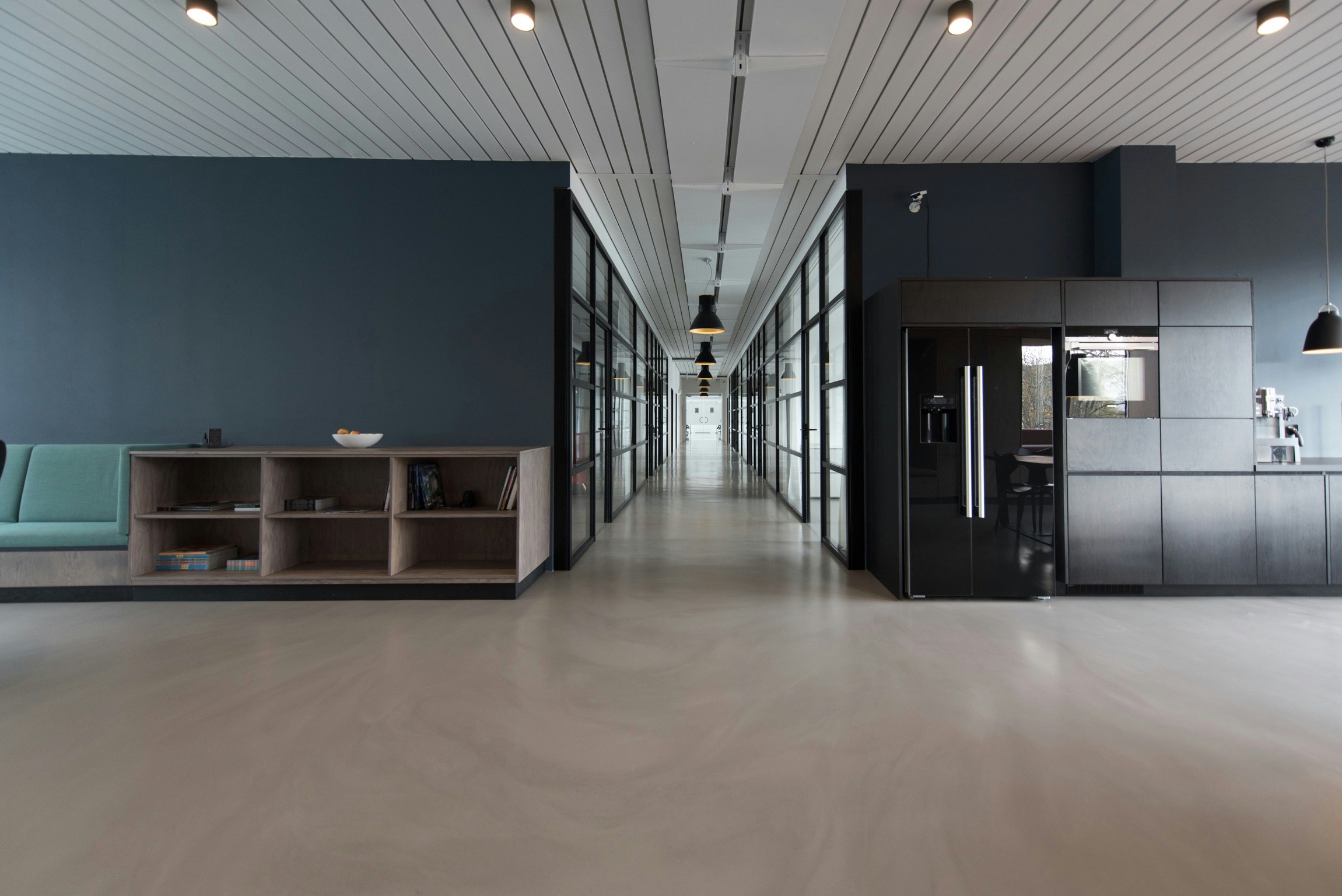Mistakes People Make When Buying a Refrigerator
Purchasing a refrigerator represents one of the most significant appliance investments for your home. This essential kitchen fixture typically lasts 10-15 years, making any purchasing mistakes particularly costly in the long run. Many consumers focus solely on aesthetics or price without considering crucial factors like energy efficiency, appropriate sizing, and necessary features. Understanding common refrigerator shopping pitfalls can help you avoid buyer's remorse and ensure you select an appliance that serves your household needs efficiently for years to come.

Overlooking Size and Space Requirements
Before shopping for a refrigerator, careful measurement is essential. Many buyers make the critical mistake of eyeballing their available space or relying on approximate measurements. This approach often leads to refrigerators that don’t fit properly in the designated area. Measure the width, height, and depth of your space, and don’t forget to account for door swing clearance and ventilation requirements. Remember that refrigerator doors need sufficient space to open fully, and many models require at least an inch of clearance on all sides for proper air circulation. Additionally, consider your pathway dimensions—will your new refrigerator fit through doorways, hallways, and stairwells during delivery?
Ignoring Energy Efficiency Ratings
Energy consumption significantly impacts the long-term cost of refrigerator ownership. Many shoppers focus exclusively on the purchase price, overlooking the appliance’s energy efficiency rating. A refrigerator operates continuously, making it one of the highest energy-consuming appliances in your home. Models with higher energy efficiency ratings may cost more initially but can save hundreds of dollars over the appliance’s lifetime. Look for the Energy Star certification and compare the annual estimated electricity usage listed on the yellow EnergyGuide label. Modern energy-efficient refrigerators use approximately 40-60% less energy than models manufactured before 2000, translating to substantial savings on utility bills.
Choosing the Wrong Type for Your Needs
Refrigerator configuration significantly impacts functionality and convenience. Many buyers select a style based solely on aesthetics without considering how it aligns with their household habits. French door models offer excellent visibility and access to fresh foods but typically cost more. Side-by-side refrigerators provide good organization but often have narrower compartments that may not accommodate large items like pizza boxes or party platters. Bottom-freezer models keep frequently accessed fresh foods at eye level but require bending to reach frozen items. Top-freezer designs, while typically most affordable, require bending to access fresh foods. Consider your household’s cooking habits, shopping frequency, and physical needs when selecting the most appropriate configuration.
Prioritizing Features Over Functionality
The refrigerator market offers countless bells and whistles—from built-in coffee makers to touchscreens and internet connectivity. While these features may seem appealing, they often drive up the price substantially while adding complexity and potential repair issues. Many buyers become enamored with high-tech features they rarely use, overlooking more practical considerations like storage flexibility, temperature control precision, and noise levels. Before splurging on advanced features, honestly assess which ones you’ll actually use regularly. Focus on fundamentals like adjustable shelving, humidity-controlled drawers, and reliable temperature maintenance throughout the refrigerator’s compartments.
Disregarding the True Cost of Ownership
Understanding the complete cost picture extends beyond the purchase price. Many consumers focus solely on finding affordable refrigerator options without calculating the total ownership expense. Beyond energy costs, consider water filter replacement requirements (typically $30-$50 every 6 months for models with water dispensers), potential warranty expenses, and average repair costs for various brands. Some manufacturers are known for more reliable designs and better parts availability, which can significantly reduce lifetime ownership costs despite higher initial prices. Proper research into reliability ratings from independent consumer organizations can provide valuable insights into which brands tend to require fewer repairs.
Refrigerator Cost and Feature Comparison
When shopping for refrigerators, understanding price ranges and what features come at different price points can help ensure you make an informed purchase. Below is a comparison of typical refrigerator categories, their features, and price ranges:
| Refrigerator Type | Average Size | Typical Features | Price Range |
|---|---|---|---|
| Basic Top-Freezer | 18-22 cu ft | Adjustable shelves, crisper drawers | $600-$1,200 |
| Bottom-Freezer | 18-24 cu ft | Slide-out freezer, glass shelves | $1,000-$2,000 |
| Side-by-Side | 22-28 cu ft | Ice/water dispenser, door storage | $1,100-$3,000 |
| French Door | 25-30 cu ft | Dual crispers, temperature-controlled drawers | $1,500-$4,000 |
| Counter-Depth | 20-24 cu ft | Flush installation, premium finishes | $1,800-$4,500 |
| Smart Refrigerator | 22-30 cu ft | WiFi connectivity, touchscreens, cameras | $2,500-$7,000 |
Prices, rates, or cost estimates mentioned in this article are based on the latest available information but may change over time. Independent research is advised before making financial decisions.
Failing to Research Brand Reliability
Refrigerator reliability varies significantly between brands and even among models within the same brand. Many shoppers neglect to investigate reliability records before making a purchase, focusing instead on aesthetic features or brand recognition. This oversight can lead to frustrating breakdowns and expensive repairs. Consumer Reports and other independent testing organizations regularly publish reliability data based on surveys of thousands of owners. Some brands consistently demonstrate above-average dependability in cooling systems and ice makers—often the most problematic components. Additionally, consider parts availability and service network accessibility in your area, as these factors significantly impact repair experiences and costs when problems inevitably arise.
Avoiding these common refrigerator shopping mistakes can help ensure you select an appliance that serves your needs efficiently for years to come. Take time to measure carefully, research reliability, consider energy efficiency, and evaluate which features truly matter to your household. A thoughtful, informed purchase decision pays dividends through better food preservation, lower operating costs, and fewer repair headaches throughout your refrigerator’s lifespan.




